Opera: Fidelio
Composer: Beethoven
Other popular works by this composer: (none in this genre)
First performed: 1814
Language: German
Accessibility Level: Beginner Explorer Aficionado
Setting: Late 18th century Seville
Plot: The wife of a man unjustly imprisoned and condemned to death disguises herself as a prison worker in order to rescue him
Highlights: Overture; Mir Ist So Wunderbar
; O, Welche Lust!
; Gott, welch Dunkel hier
; O namenlose Freude!
; Heil Sei Dem Tag
Recommended audio recording/s: Dernesch/Vickers/Karajan;Brewer/Margison/Parry (In English)
(The English recording is recommended to familiarize yourself with the plot; the Karajan recording is preferred overall)
Recommended video recording/s: Janowitz/Popp/Bernstein; Mattila/Heppner/Levine
Rating (1 to 5): ![]()
![]()
![]()
![]()
![]()

What is Beethoven’s most famous opera? It’s a trick question; he only wrote one, but he wrote it about four times (it went through many alterations!) I must admit that in spite of being a huge fan of Beethoven’s symphonies and many other inspired works, I wasn’t particularly impressed with his lone opera when I first casually listened to it a few years back. However, after giving a careful listen (or three) to the Karajan recording this week (pictured above), my attitude toward it has totally changed. What, I wondered, had kept me from ranking this among Beethoven’s (and opera’s) greatest works? I’ve certainly had this change-of-heart phenomenon happen with symphonic music, where I dislike a work upon first hearing it yet later love a recording of it by someone else. The same can happen with opera. Sometimes you’re just not ready for a work, and other times it’s just a matter of the right performance to open your eyes and ears. Fidelio is rife with glorious music, especially in the right hands (and legendary German conductor Herbert von Karajan certainly qualifies). Beethoven penned, and Karajan conjures, the kind of sublime sounds I thought were unique to Mozart, sounds that gently rise up out of silence, force you into the sobering present moment and achieve something other-worldly and ethereal. Beethoven, of course, was a contemporary and inheritor of Mozart (he was twenty when Mozart died), and while this opera would be immediately recognized as a work of Beethoven’s by anyone familiar with his music, it also has echos of Wolfgang Amadeus – and neither of these is a bad thing. I have pointed out no less than six highlights in the links above, more than usual, and could have mentioned others. This opera is one highlight after another. In fact, I can’t stop listening to it right now!
Let’s begin with the overture, of which there are four versions. It is referred to as the “Leonore Overture,” because this opera was originally called “Leonore” (the name of the opera’s heroine). The opera went through many revisions, and at some point it was feared that Beethoven’s overture would be too overpowering for the beginning of the work. It was therefore scaled down in order to be a more suitable introduction. The overture is famous in its own right, and likely familiar to many fans of classical music who may not be fans of opera. Personally, I prefer the long, “overpowering” version of it (known today as “Leonore Overture No. 3”), but agree that it is too powerful as an introduction to the opera. Here it is anyway, in all its Beethovian drama and power. It’s a thrilling piece. The dramatic trumpet call mid-overture (at timestamp 8:30 in the clip below) plays a very key role in the plot. Listen to it as you read:
The opera opens in the prison, as prison assistant Jaquino is expressing his interest in the warden’s daughter, Marzelline. He wants to marry her, in fact. Marzelline, however, is in love with the new prison worker Fidelio, who is really a woman named Leonore disguising herself as a young man. Her husband, Florestan, is falsely imprisoned and being starved to death, and she has gone undercover to try to rescue him. The prison warden, Rocco, is very impressed with the disguised Fidelio (Leonore), and wants to see him (her!) marry his daughter. With me so far? (Why are all these opera plots like Three’s Company episodes? And why can no one spot a lady in drag?)
Here we come to the first standout piece in the opera, a gorgeous quartet sung by Fidelio, Marzelline, Rocco and Jaquino about their various situations, Mir ist so wunderbar (a wonderful feeling fills me). It’s beautiful, especially as each voice joins in (and you thought Beethoven was a craggy old curmudgeon!):
The governor of the prison, Don Pizarro, who had imprisoned Florestan (Leonore’s husband) for threatening to expose his crimes, gets word that the King’s minister is visiting the next day and he is hot on the subject of prison reform. Pizarro does not want the minister to discover the unjustly held Florestan, so he decides to kill him. He orders warden Rocco to dig a grave, and to alert him when it is ready. Fidelio overhears this and becomes quite agitated to learn of her husband’s pending fate. She convinces the warden to let the long shut-in prisoners outside to enjoy the beautiful weather, hoping to discover her husband among them. The warden agrees after further persuading from his daughter, which brings us to the second sublime piece of music in this work. As the prisoners walk out into the sunlight for the first time in many months, Beethoven’s music, O Welche Lust! (Oh what joy!) beautifully evokes the wonder and hope cautiously rising up from their gloomy despair. Here one cannot help but think of the real-life prison of Beethoven’s deafness, which at this point in his life was almost complete. That a deaf man could write such a gorgeous, uplifting piece of music as this is remarkable, and we can almost imagine him among the chorus of prisoners in spirit, yearning for relief along side them (later in the opera, Leonore coincidentally sings, “I will loose your chains whoever you are, unhappy man, by God I will save you and set you free”).
Pizarro, the prison governor, gets angry that the prisoners were let out and they are ushered back in. He gives the warden permission to have Fidelio help dig what will be her husband’s grave, as he is to be killed within the hour. At this point, in Act 2, we finally meet the condemned man. He sings a dramatic aria, Gott! Welch Dunkel hier! (God! It’s so dark here!) first extolling his faith, and then recounting a vision he had of his wife coming to save him (tenor Ben Heppner makes a wonderful Florestan in the Levine-led video performance from the Metropolitan Opera. Sadly, it is not available for me to show here).
Fidelio and Rocco finish digging the grave, and Fidelio, still in disguise, gives her husband some bread and water with Rocco’s permission. Pizarro is informed that all is ready for him to kill Florestan. He descends into the dungeon to do the dirty deed, first taunting Florestan with a revelation of who he is and why he is exacting his delicious revenge. As he moves to make the kill, Fidelio intervenes and reveals herself to be Florestan’s wife. Just then the famous trumpet call heard in the overture sounds, signaling that the minister, who is investigating prison abuse, arrives. It is therefore too late for Pizarro to murder his prisoner, for he will be caught in the act. He escapes, and Fidelio (now as Leonore) and Florestan sing an incredibly joyous song celebrating their reunion, O namenlose Freude! (Oh nameless joy!). It is quite an emotional piece – Beethoven outdoes himself in portraying their rapture. Again, it is quite moving in the Levine/Heppner/Mattila video, but here is a great audio version with the wonderful Jessye Norman:
Florestan is free, Pizarro is found out, and the abused prisoners are redeemed. It’s a very happy ending (well, except for poor Marzelline, who just found out her husband-to-be is a woman). The prisoners and the entire company join in a jubilant, rousing final victory celebration, Heil Sei Dem Tag! (Hail to the day!), a classic Beethoven effusion of joyful exuberance, not unlike the endings to his fantastic Choral Fantasy (< watch that video, it’s amazing) and his masterpiece, the Ninth Symphony. It’s one of the most sustained musical expressions of joy you’re likely to hear, barring the masterpiece just mentioned:
If you like Beethoven’s orchestral music, chances are you’ll be impressed with this opera if you give it a chance. I am very glad that I discovered its merits, as it is now one of my favorites. And Happy Birthday, Beethoven. He turned 247 this week. In just three years, we will be celebrating the 250th anniversary of his birth, which is sure to include many performances of this great opera dedicated to hope and freedom, causes dear to Beethoven’s heart.


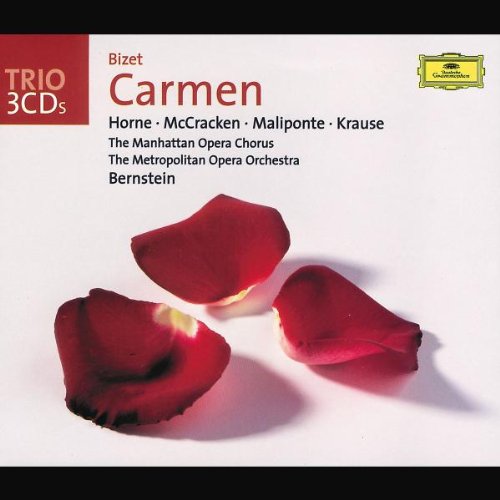
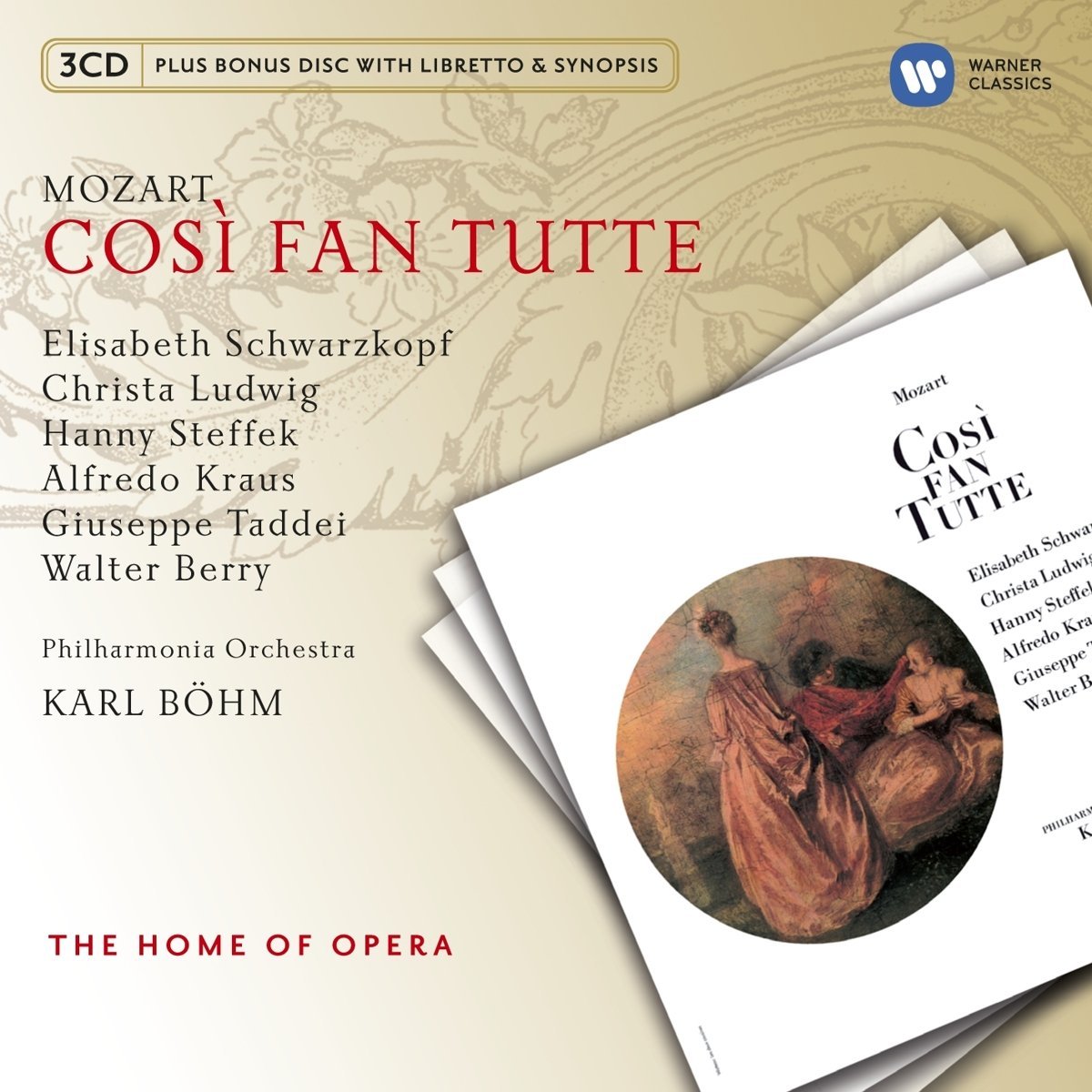
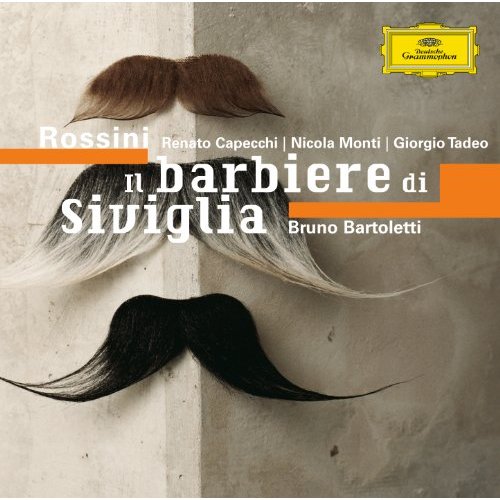




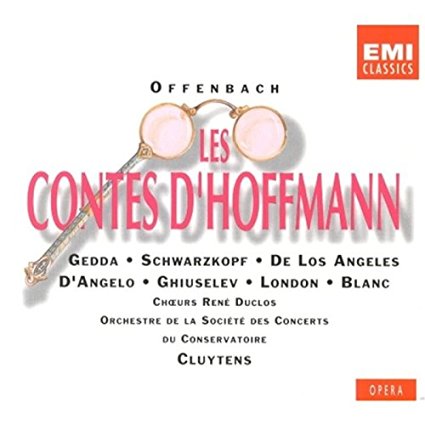
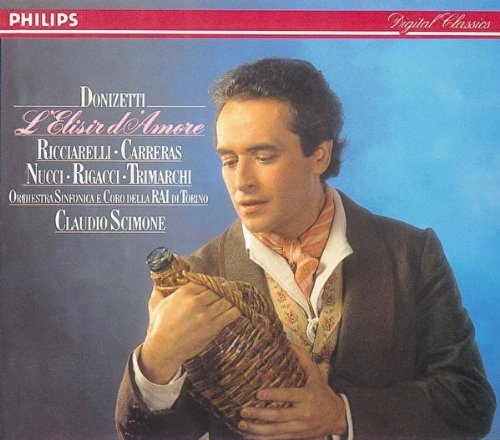
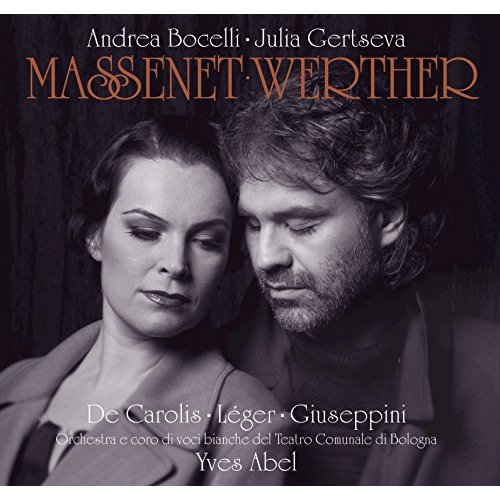
Pingback: The Barber of Seville | Opera for Beginners